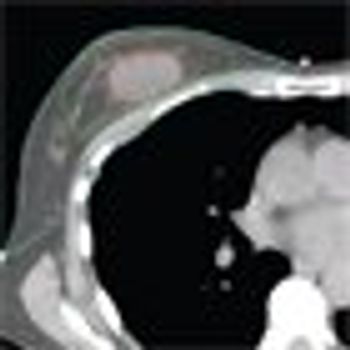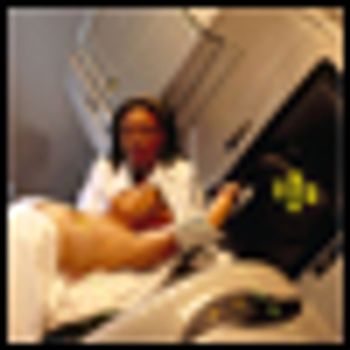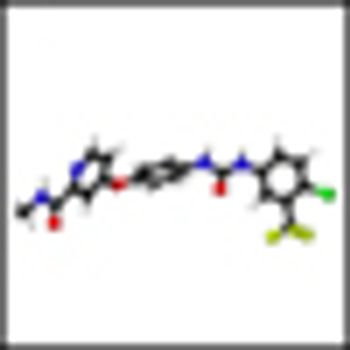Cancer Network brings exclusive coverage of the AACR Annual Meeting, held April 6-10, 2013 at the Walter E. Washington Convention Center in Washington, D.C. This meeting brings together the best and latest findings in all major areas of cancer research. Through plenary sessions, symposia, forums, educational sessions, methods workshops, poster presentations, conversations with experts and networking, attendees walk away with a wealth of new information, more connections and renewed energy, inspiration and focus in their work. Check below for the most important news to come out of this year's event.














